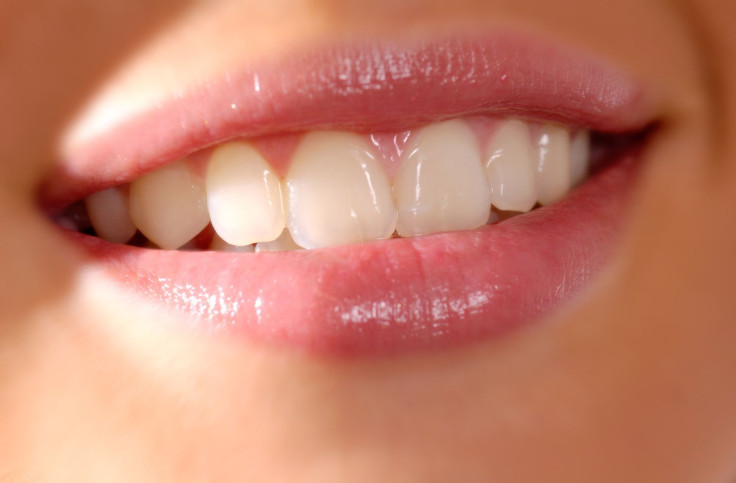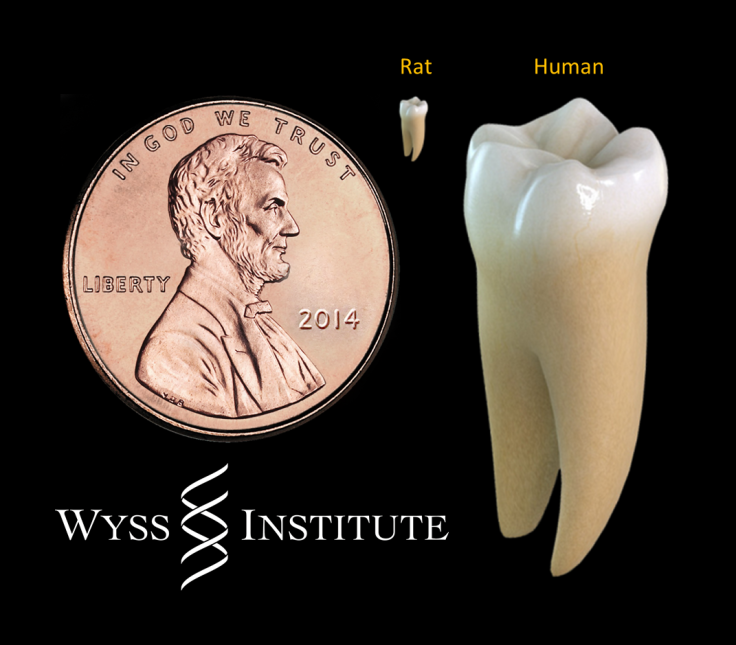Stem Cells 'Activated' By Lasers Could Help The Regeneration Of Body Parts

In the near future, driverless cars will hit the road. Chinese taikonauts will land on the moon. And people throughout the world will have the option to regenerate body parts worn by disease and natural aging.
Just this year, scientists at Harvard University plan to begin clinical trials after demonstrating the ability to “activate” stem cells for the regeneration of teeth in rats and human tissue grown in the laboratory. In theory, the low-powered laser technique offers a minimally invasive way to stimulate the regeneration of parts from teeth and bone to muscle and skin, with obvious implications for neurology, too.
"Our treatment modality does not introduce anything new to the body, and lasers are routinely used in medicine and dentistry, so the barriers to clinical translation are low," said David Mooney, whose research was published Wednesday in Science Translational Medicine. "It would be a substantial advance in the field if we can regenerate teeth rather than replace them."
Past study has shown that regulatory proteins called “growth factors” are among other biologically active molecules that can stimulate stem cells to grow into specialized cells in the regeneration of human tissue. Yet whereas other approaches involve the transplantation of tissue grown initially in the laboratory, this new technique would require a simple visit to an outpatient clinic. The approach would also bypass numerous technological and regulatory challenges inherent with transplant medicine, Mooney said in a press statement.

In preparing for human trials, Mooney’s research team proved the technique would work in a rat model. Lead author Praveen Arany drilled holes into rat molars to mine tooth pulp containing adult dental stem cells, which he then stimulated with a low-powered medical laser. After 12 weeks, high-resolution X-ray and microscopy confirmed the enhanced regeneration of dentin.
After seeing the growth in the rat model, the team then identified the precise molecular mechanism for the regeneration in a series of laboratory experiments using cultured tissue. The laser first induced reactive oxygen species, which the “activated” the regulatory cell protein known as transforming growth factor beta-1. Those proteins then pushed the stem cells to differentiate into dentin.
Now, Arany and his colleagues at the National Institute of Dental and Cranifacial Research are preparing their regulatory paperwork for the upcoming study. "We are also excited about expanding these observations to other regenerative applications with other types of stem cells," he said.
Source: Arany PR, Cho A, Hunt TD, et al. Photoactivation of Endogenous Latent Transforming Growth Factor–β1 Directs Dental Stem Cell Differentiation for Regeneration. Science Translational Medicine. 2014.



























